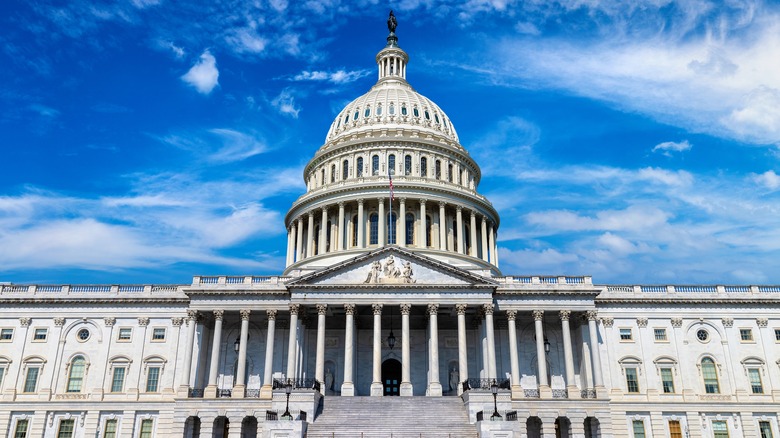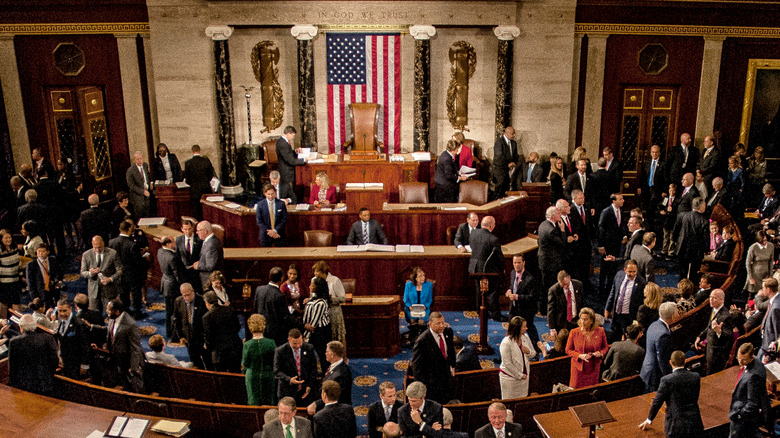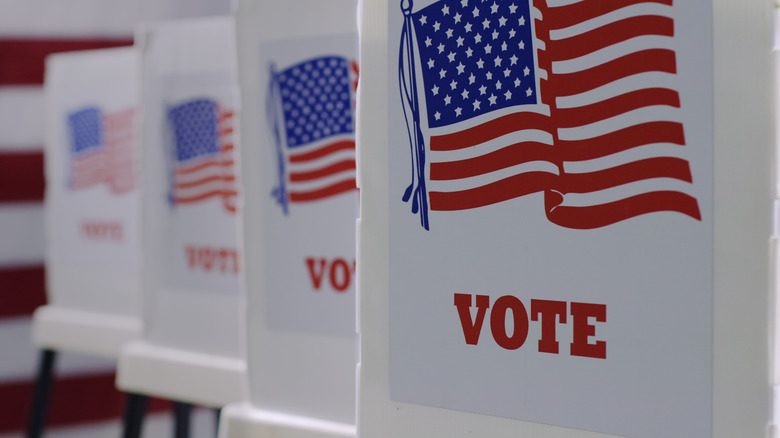Why US Midterm Elections Are So Important
Elections have always been of historical significance in the over 200 years of United States history. However, the term "election" in 2022 seems to carry much more weight and intensity than it did in years past. Perhaps this is due to an increased amount of information hurled toward us regarding each candidate. Or maybe it's because of the shocking scenes of rioters at the Capitol on January 6, 2021. Though midterm elections make less of a splash in the news than presidential elections, perhaps this should not be the case.
The New York Times provides a basic breakdown of the midterm elections. Firstly, they occur in the middle of a president's four-year term; past midterm election years were 2018, 2014, and so on. Secondly, midterm elections impact both branches of Congress: the House of Representatives and the Senate. Congressional representatives serve two-year terms while senators are elected to six-year terms, which means not all senators run in every midterm election. Midterm elections also involve state-level politicians, including governors.
Midterm elections can change which party holds power in Congress
One reason why midterm elections are so important is that they can shift the balance of power in Congress (via CNN). The party with the majority of seats in Congress means that that particular party will be more likely to pass legislation that reflects the party's values and agenda.
When voters go to vote, they're voting for a candidate and a party, but also largely on the issues. Democrats and Republicans sit on opposite sides of the aisle and voters vote for the candidate/party they feel will deliver on an issue (or issues) in a way that they would want. And those votes can shift the balance of power. Often around midterms, you hear of a party "losing" the House or Senate; this can happen if the minority party suddenly becomes the majority.
Past midterm elections that affected the United States on a national level include 1858. This election marked the rise of the newly formed Republican party, which gained control of the House of Representatives. By the 1860 election, the Republicans also took the majority in the Senate and Abraham Lincoln became president. Given what transpired in the years to follow, it's easy to see why this was a turning point in U.S. history.
Midterms set the stage for the rest of a president's term
Midterm elections are also important political barometers as they serve as a referendum on how the public feels about the current administration: Do voters approve of the White House or not? What's more, as shown by the 1858 midterm election, the midterms can also somewhat predict the future. Usually, the party in the White House heading into a midterm doesn't fare well in the election. In a two-party system, the tides often change, from Republican to Democrat, or from Democrat to Republican.
Items on a president's agenda may struggle to become active legislation if the party controlling either branch of Congress is different from the president's affiliation. This leads to congressional "gridlock," according to the BBC. For example, in order for a bill to reach the president's desk (and be signed into law, via USA.gov), it must first pass both the House and the Senate. But if the majority party of either chamber is different from the White House, then it makes it that much more unlikely the bill will be able to secure enough votes in order to pass and move forward in the legislative process.
The results of a midterm election could make it so that this is the scenario a sitting president faces for the remainder of their term. Further, while midterms set the stage for the rest of a president's term, they can also provide insight into the next presidential election taking place two years later.


